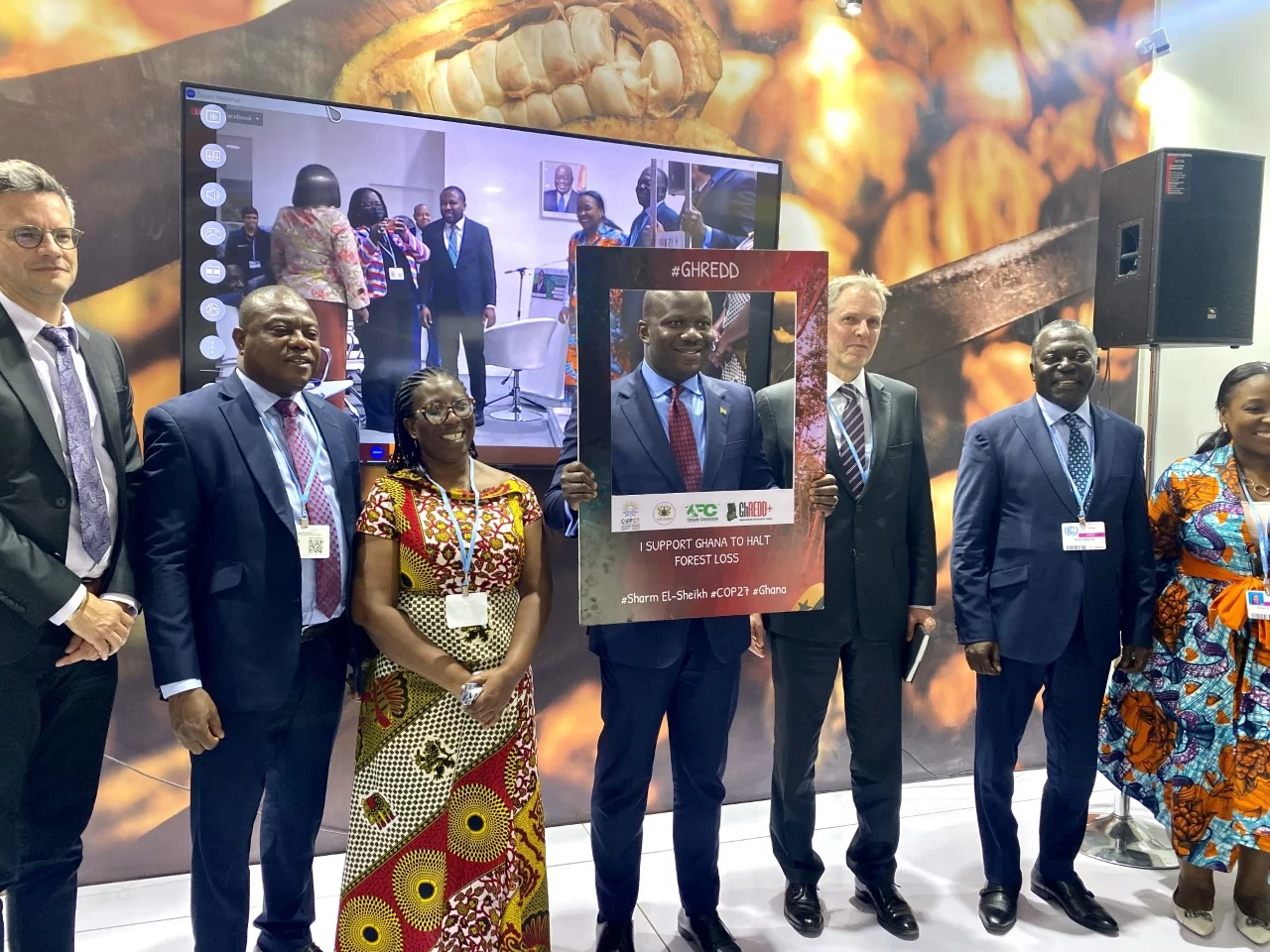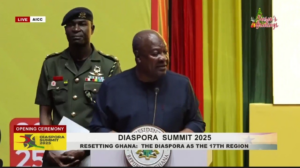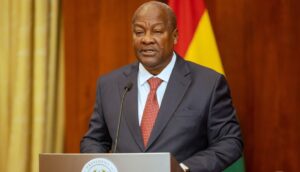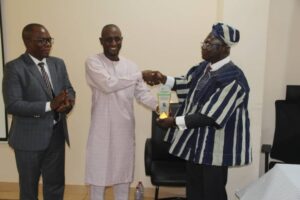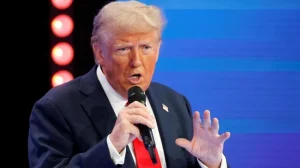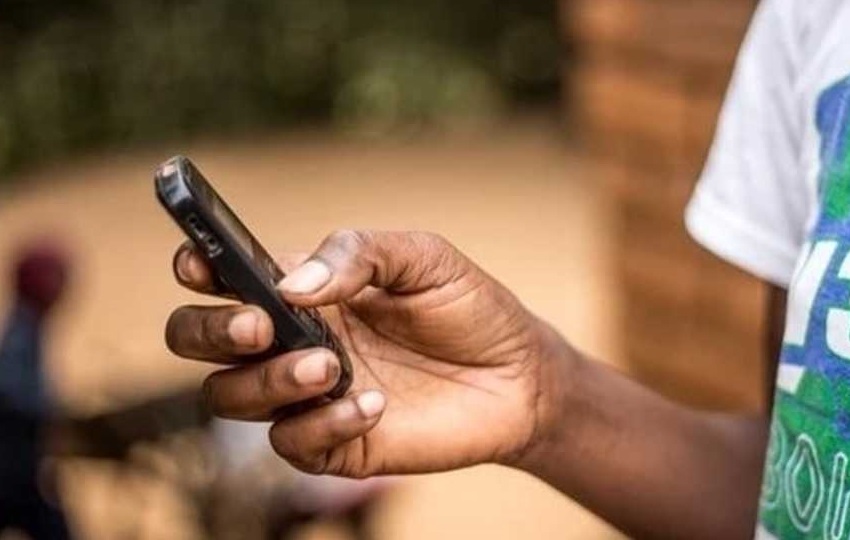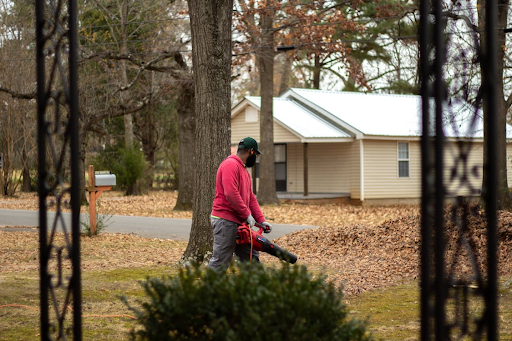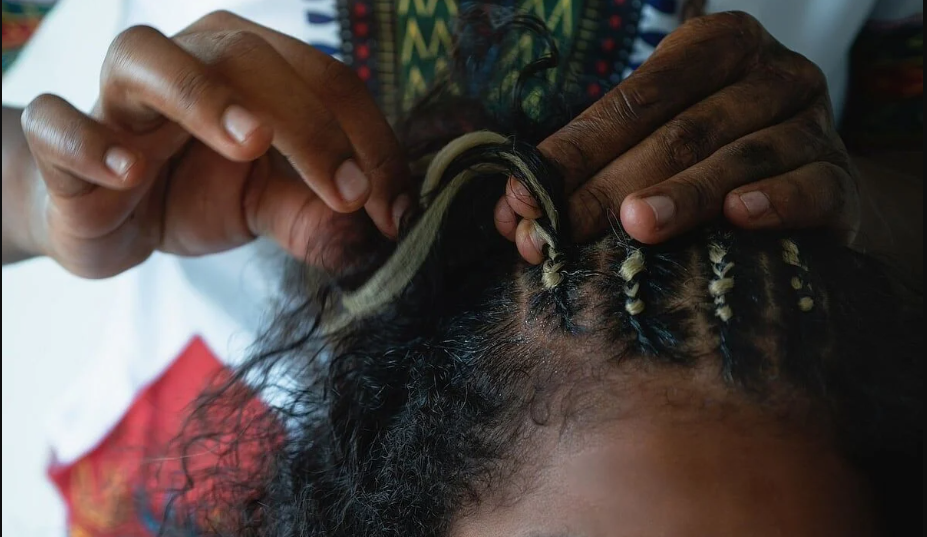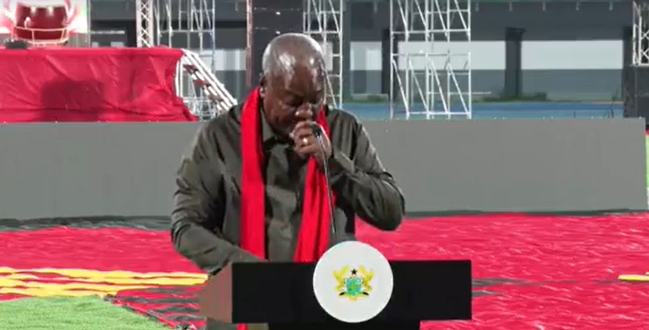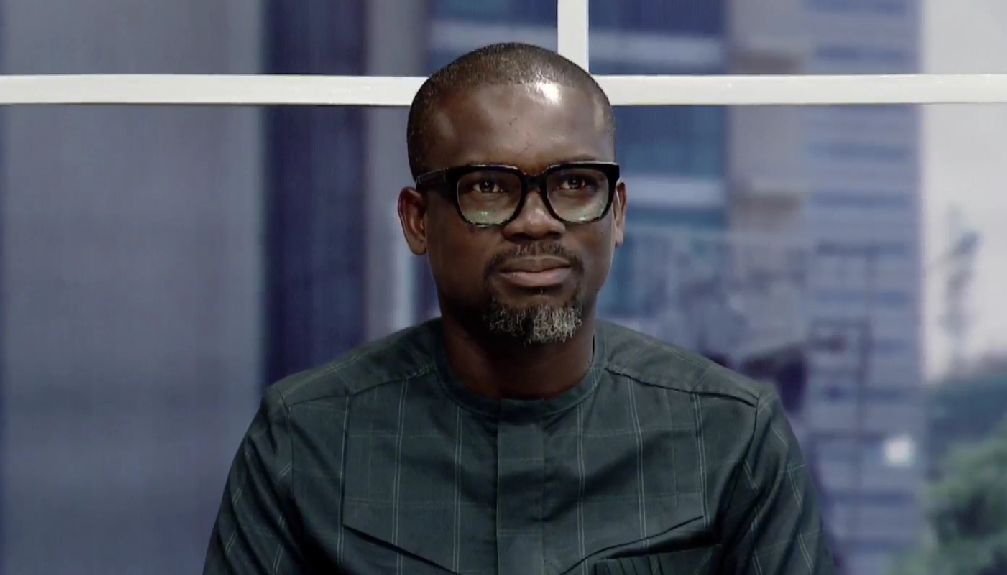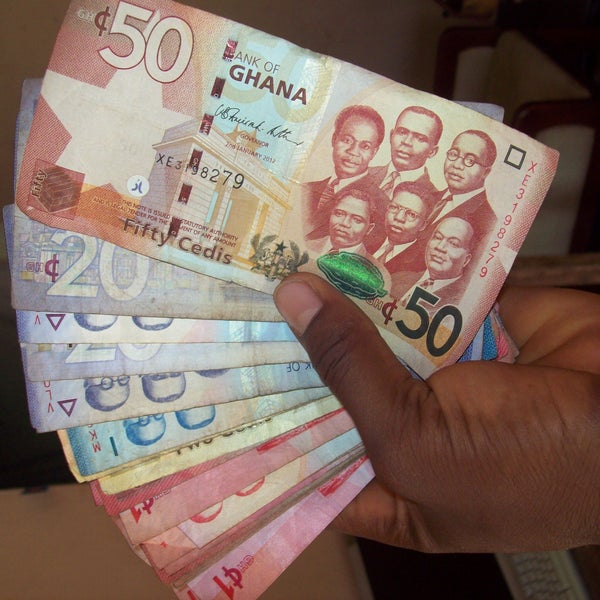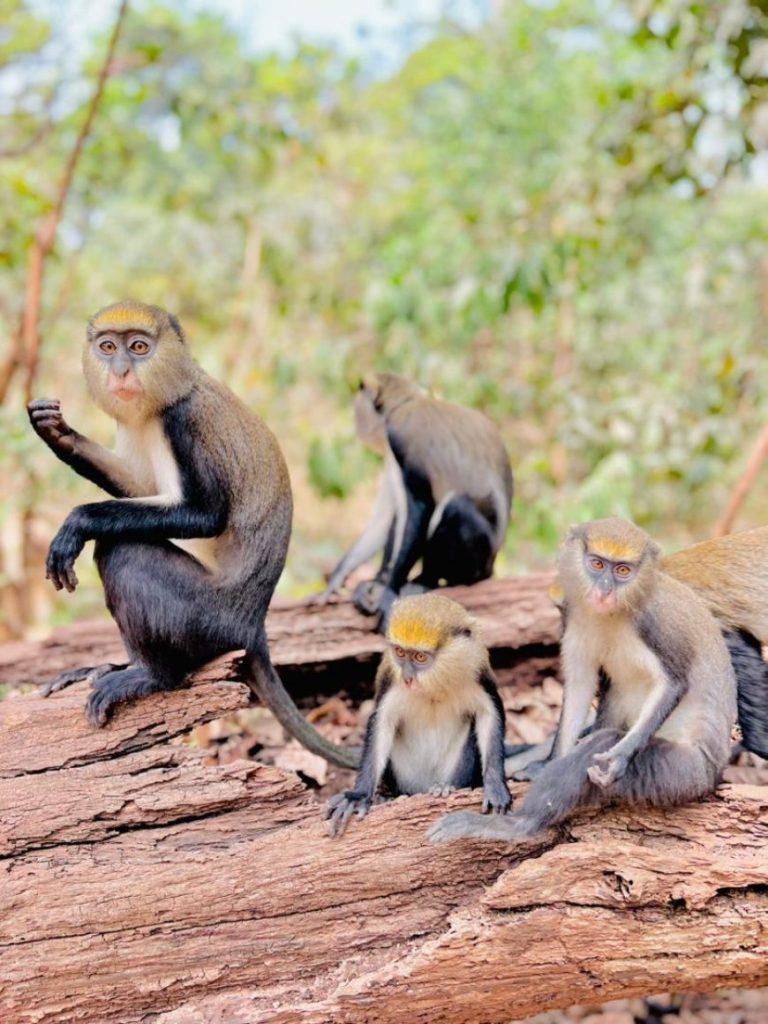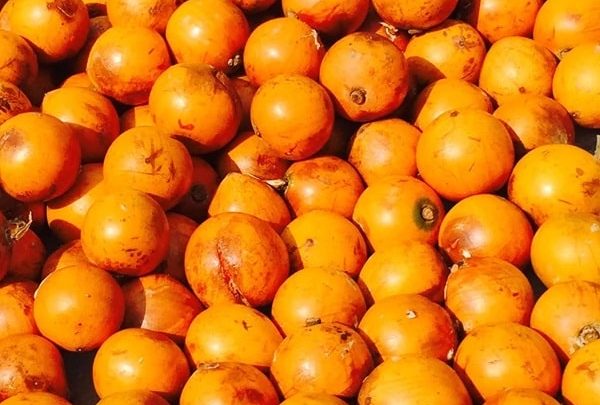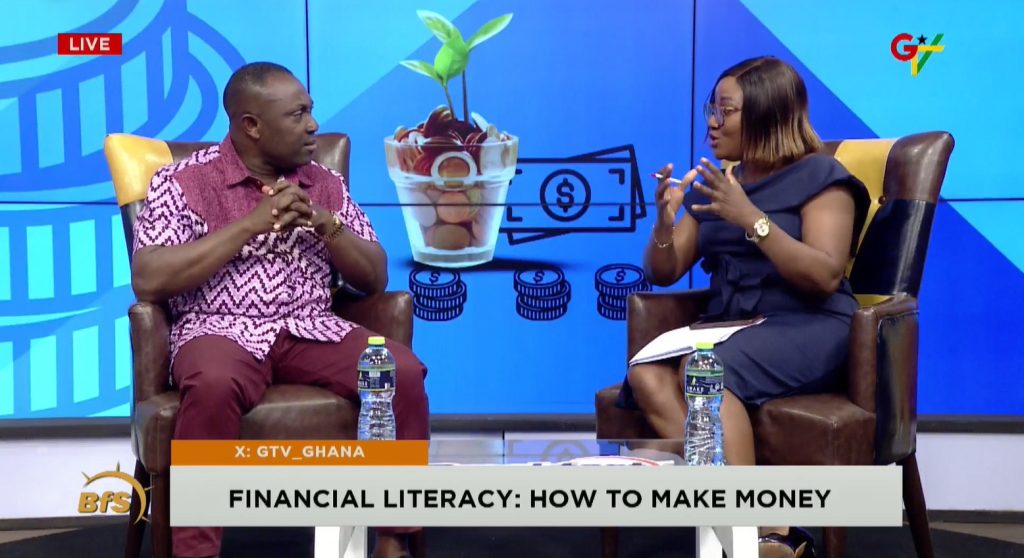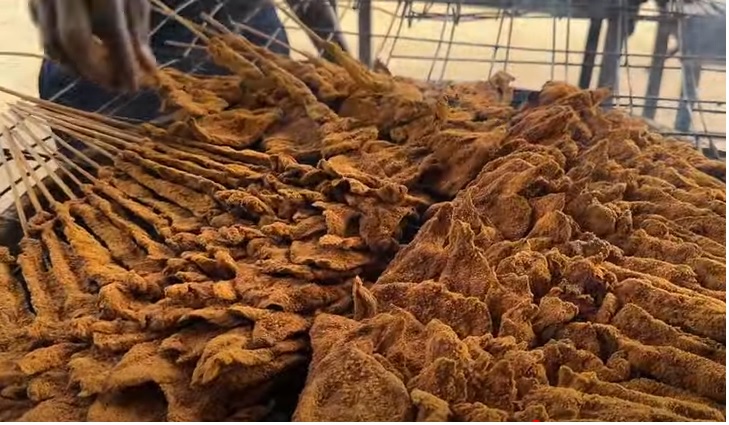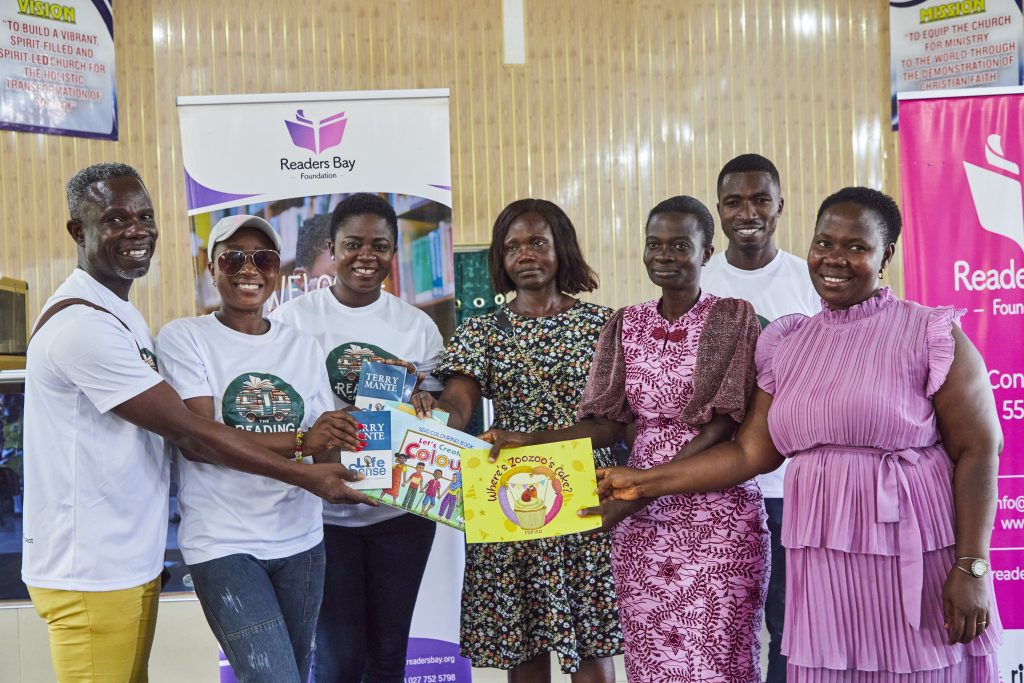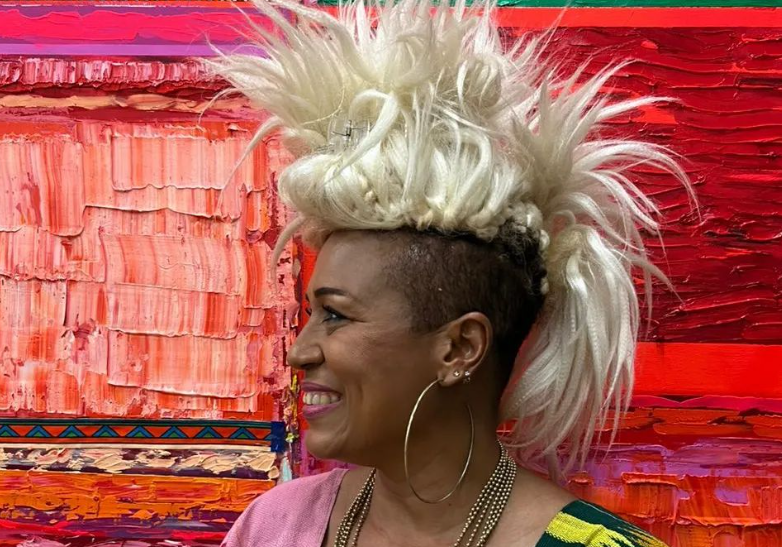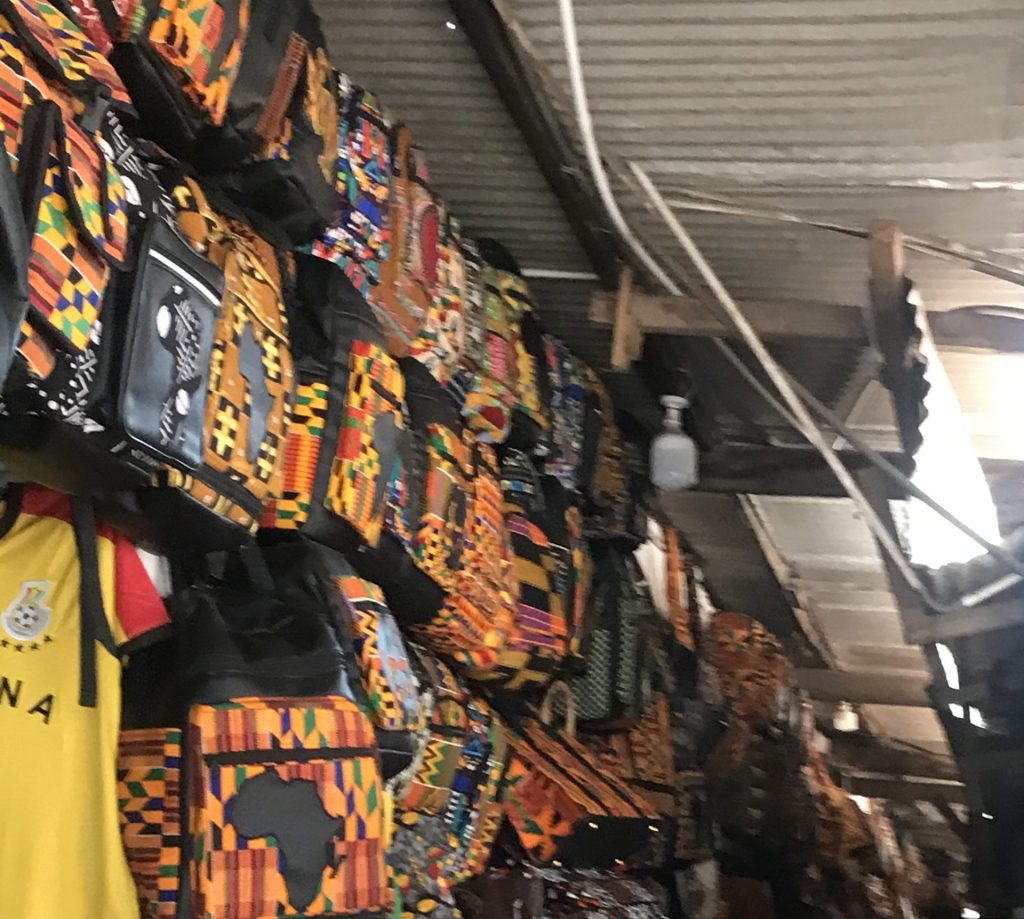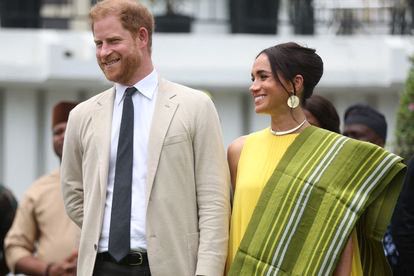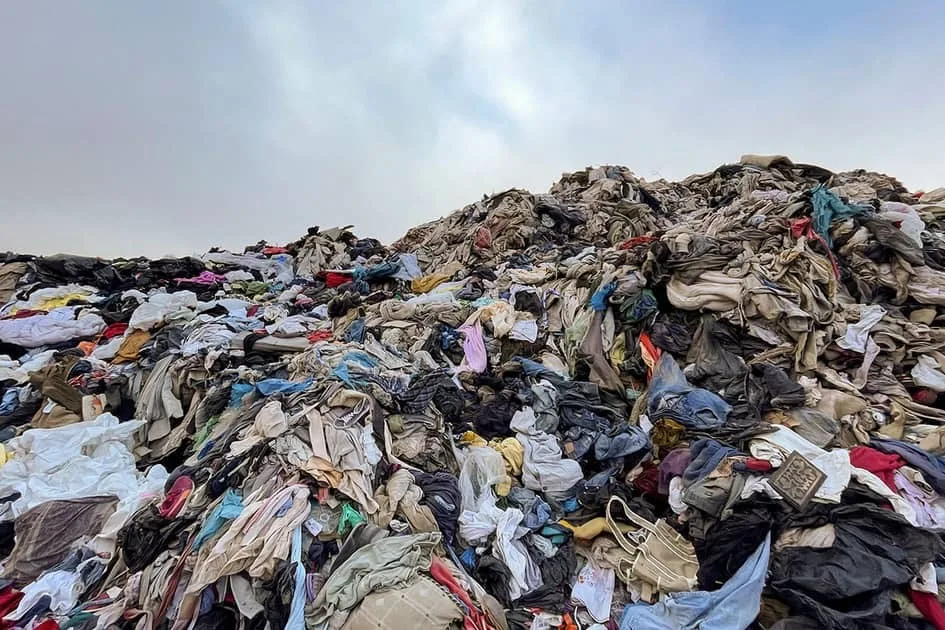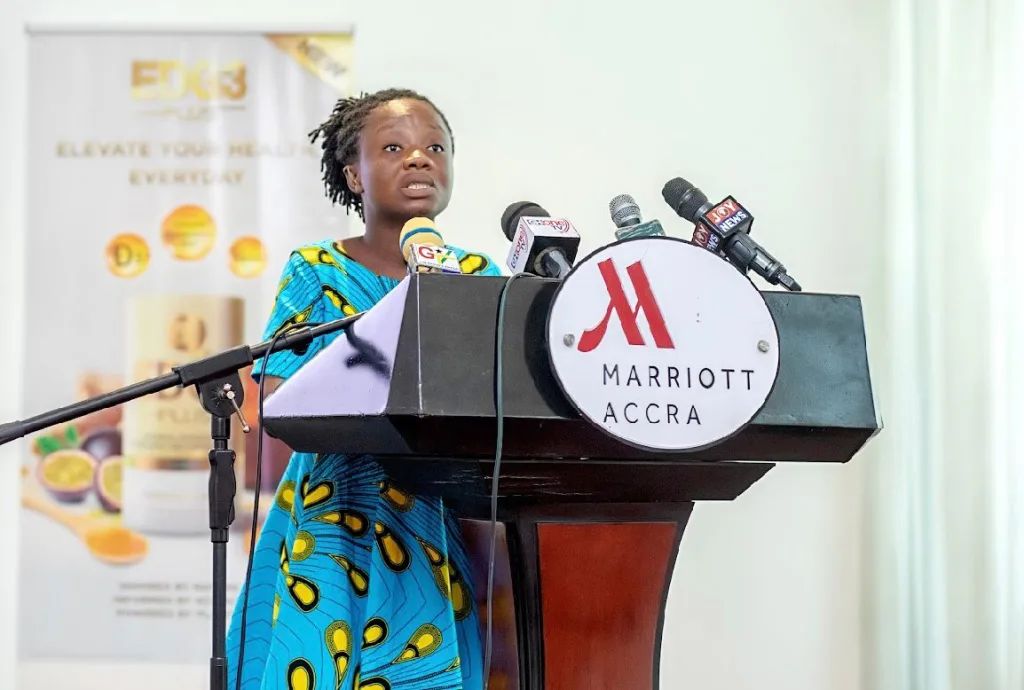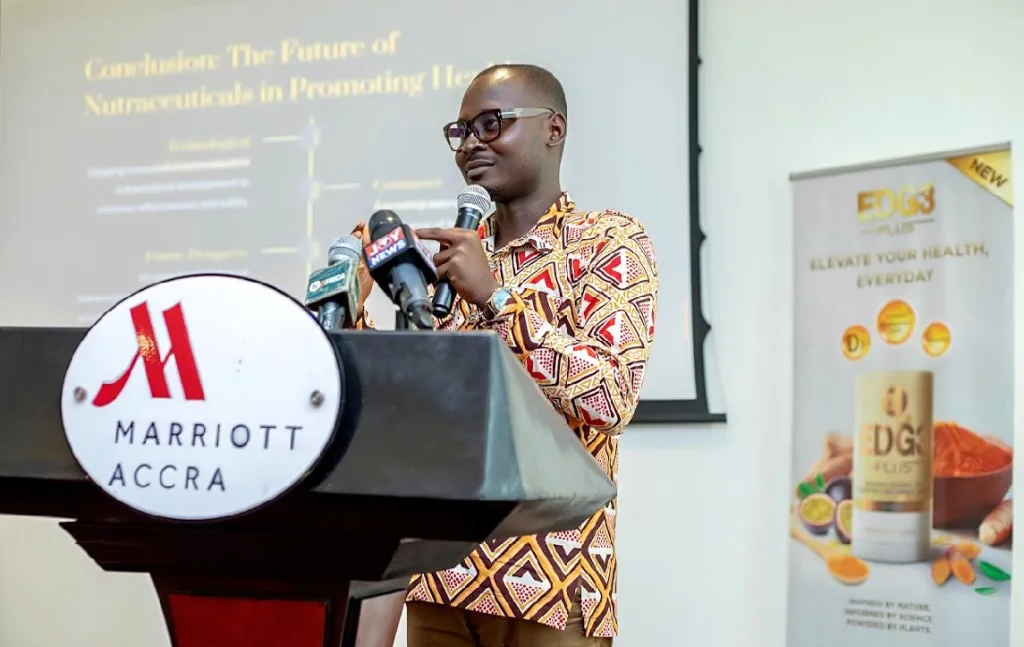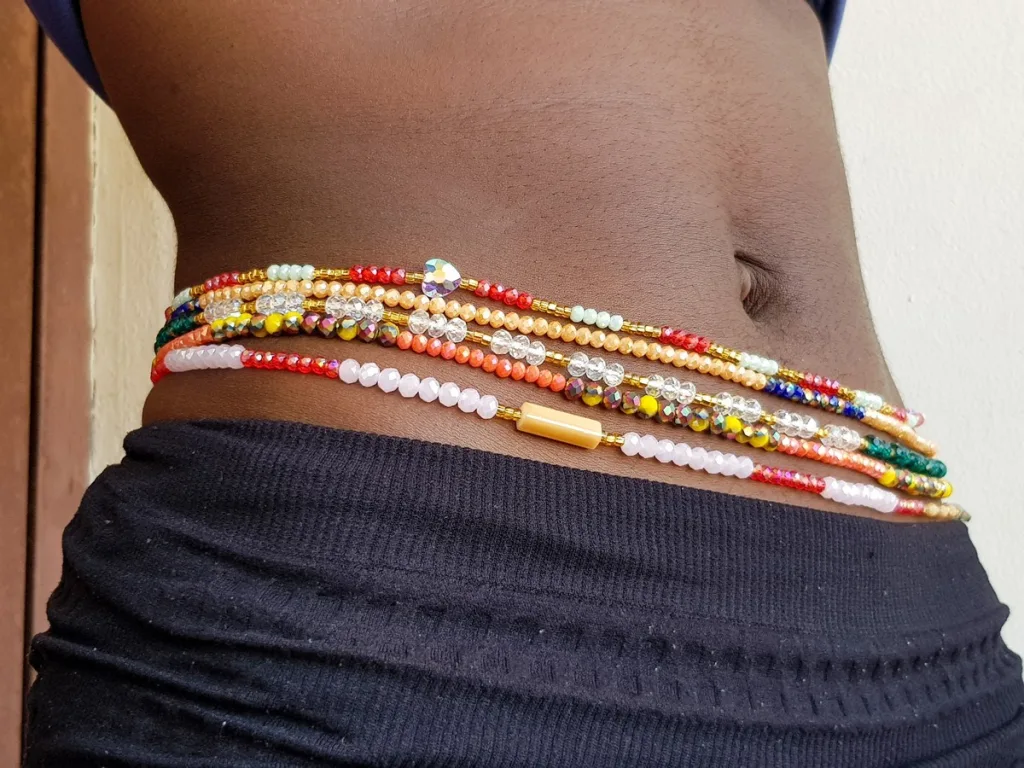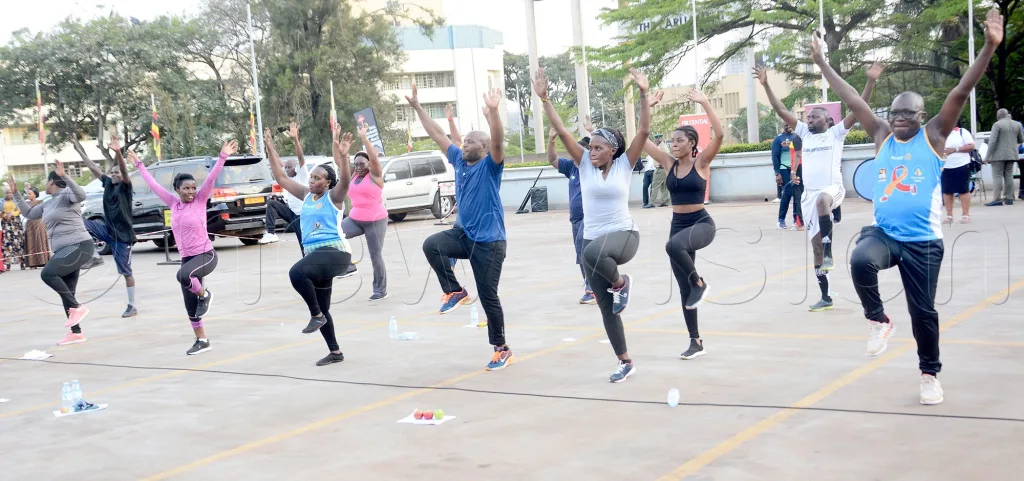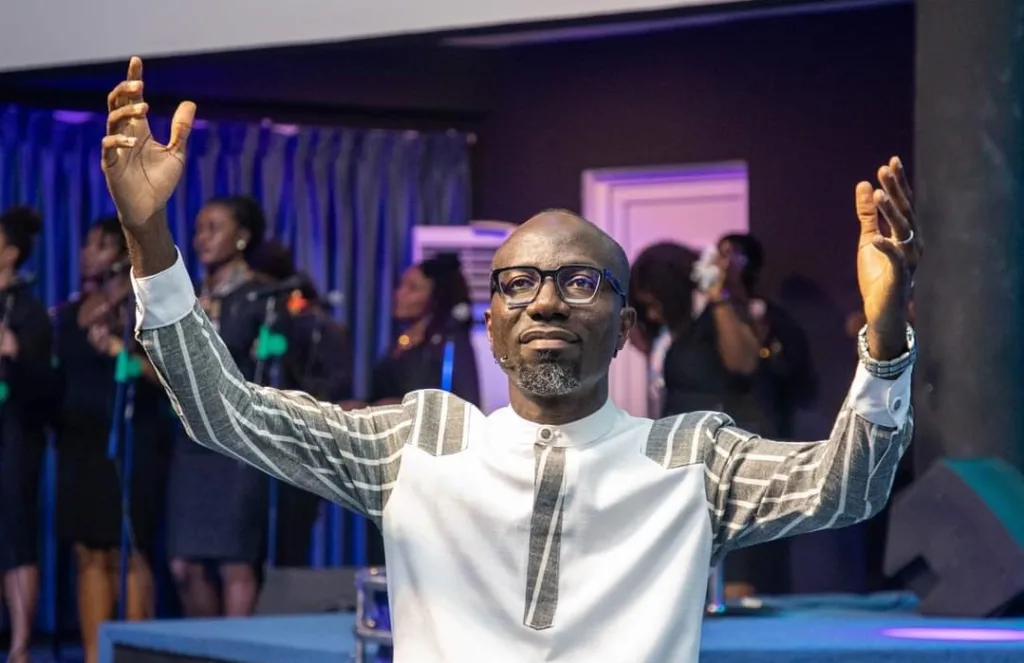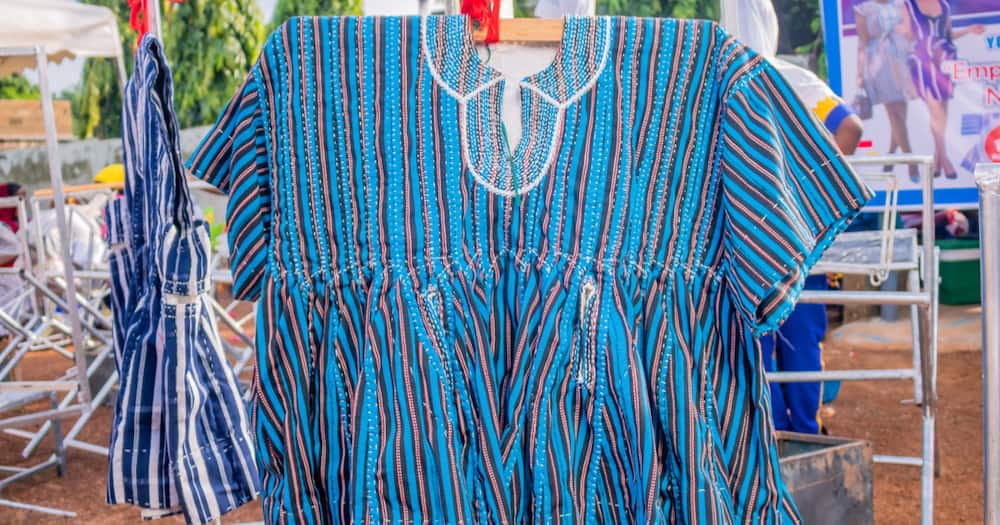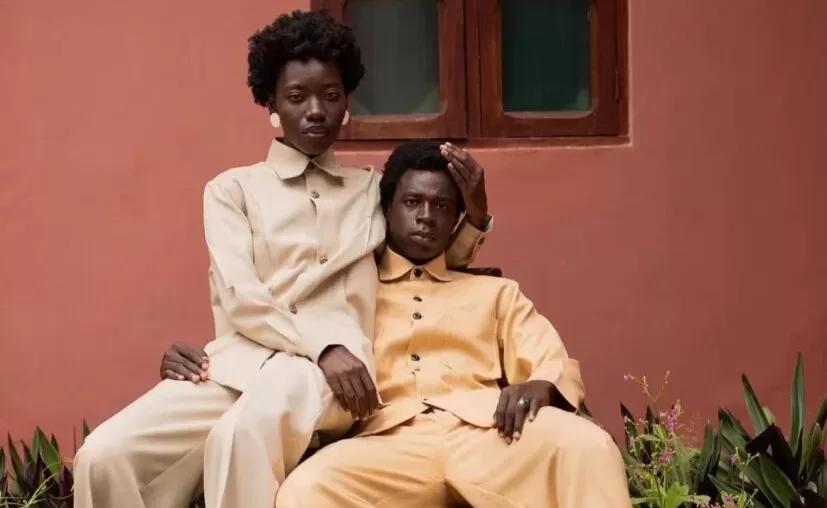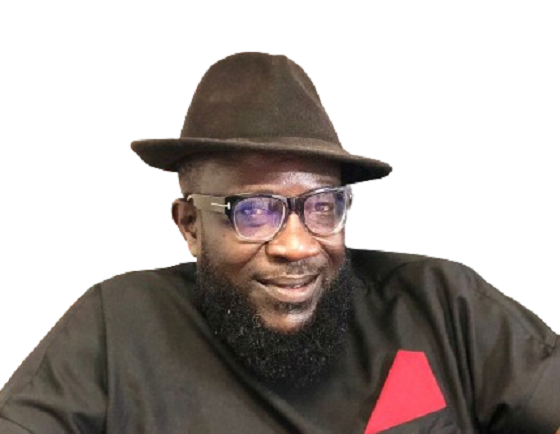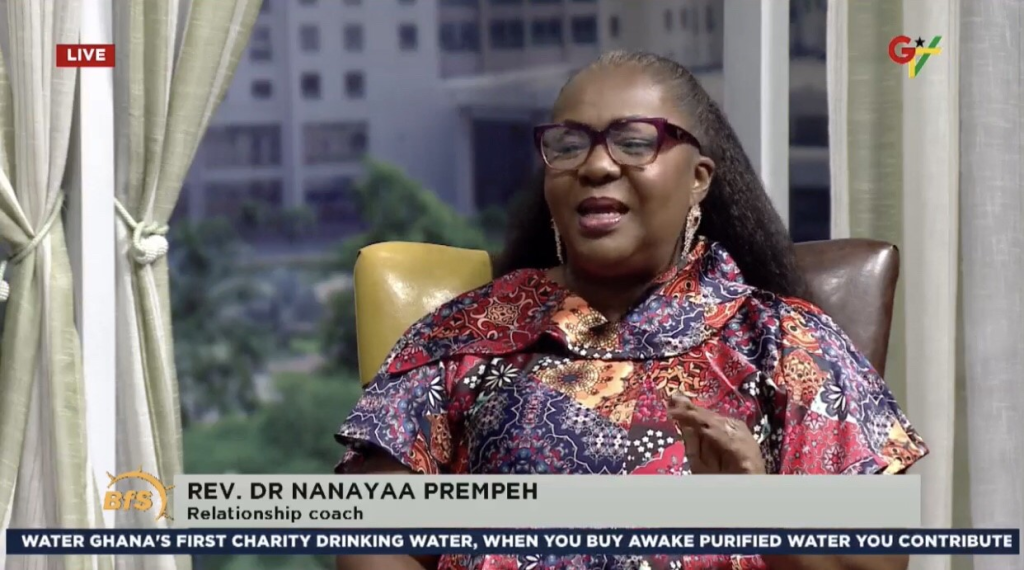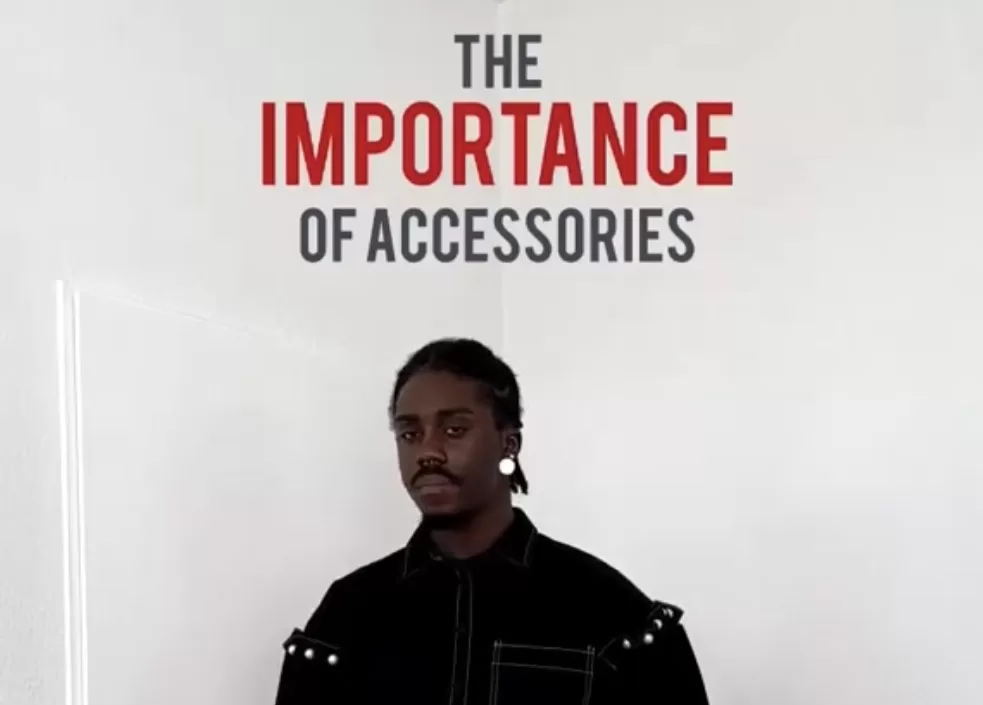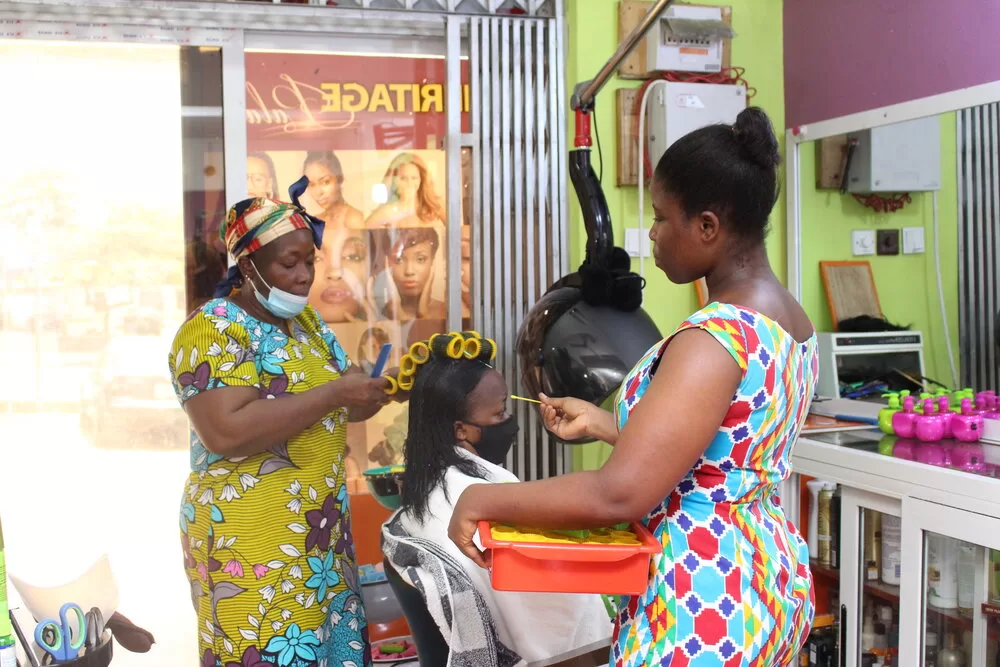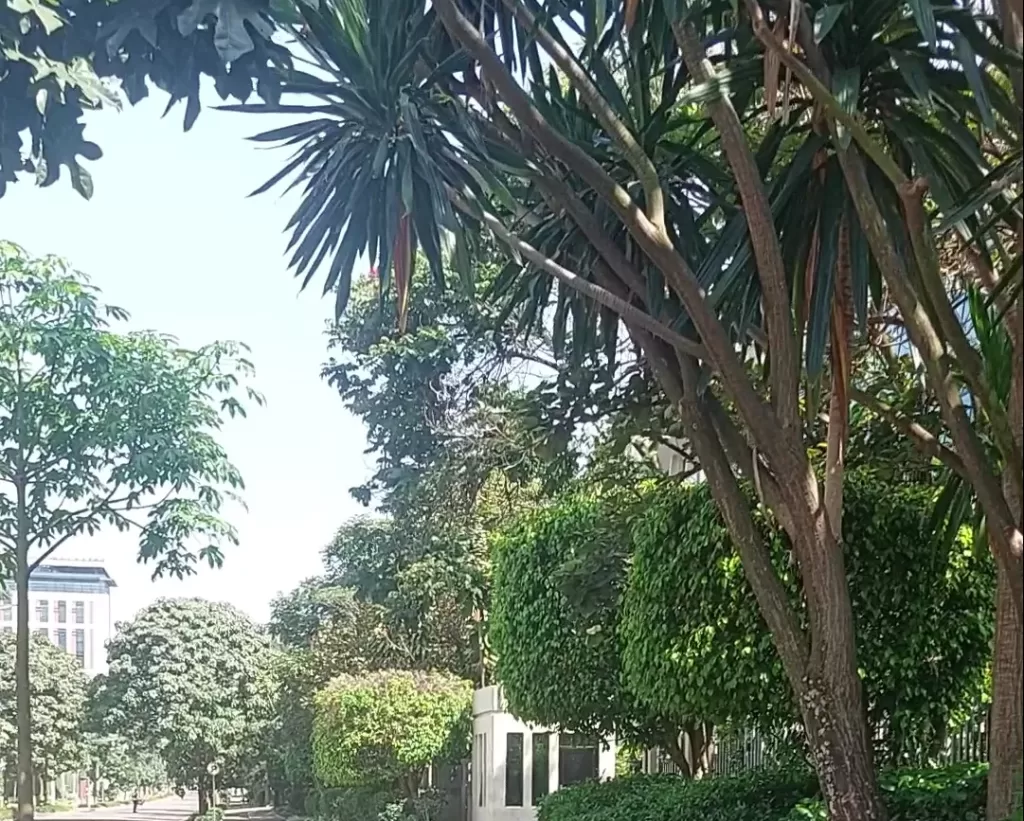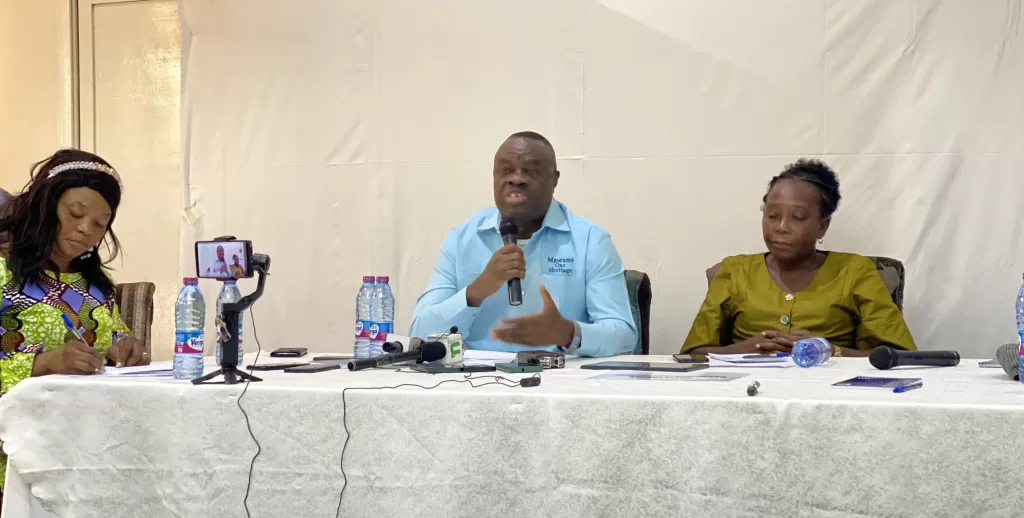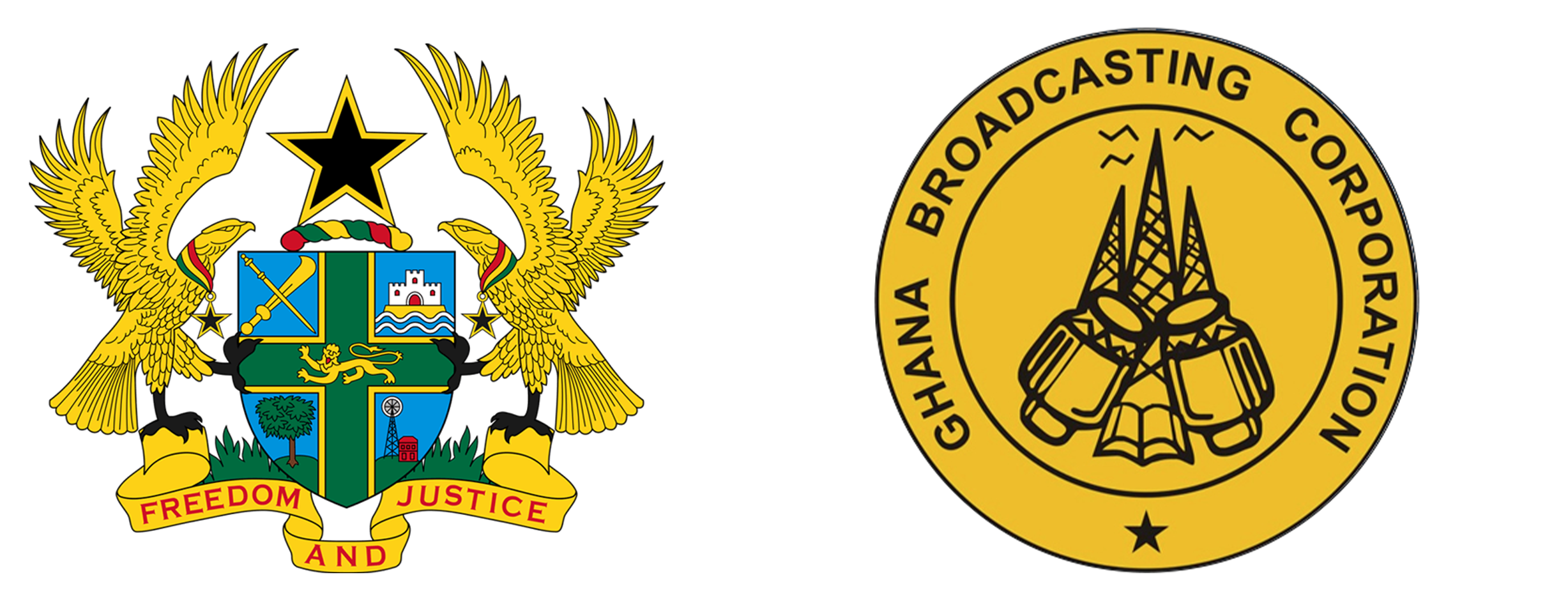By: Oforiwa Darko
SAVING FORESTS AND ENHANCING LIVES
From several accounts of the current state of many forests globally, they are under increasing threat because of human activities and climate change. Although the pace of deforestation has slowed in some regions, the world still loses about 14.5 million hectares of forests each year.
In Ghana, about eighty-five percent of the population relies on forests for subsistence to meet their socio-economic needs, yet some 100,000 acres of natural forests have been lost in the last decade alone. The timber industry which generates jobs for thousands of people has also been affected as a result of this. When this happens, the socio-economic activities of families become handicapped and women and children suffer the most.
Now, forests and nature-based solutions have been adopted by the Government of Ghana as part of the national climate action plans, known as the Nationally Determined Contributions to restore most of these depleted forests. However it requires ramped up financial and technical support for such activities.
GHANA’S FIRST EMISSIONS REDUCTIONS RESULT
Hosting a session on Ghana’s Forests Solutions at COP 27 in Sharm El-Sheik in Egypt, the Minister for Lands and Natural Resources, Samuel Abu Jinapor, noted that in partnership with international and local funding agencies, Ghana has been implementing strategic projects and programs to tackle the drivers of deforestation, restore lost forest cover and contribute to global climate action.

“Under the REDD+ mechanism for instance, we are implementing two key programs- the Ghana Cocoa Forest REDD+ Programme and the Ghana Shea Landscape Emission Reductions Project to restore our lost forest cover, increase cocoa and shea yields and reduce Greenhouse Gas emissions in the high forest and savannah zones, respectively”.
The Ghana Cocoa Forest REDD+ Programme which was launched by President Akufo-Addo in 2019, presents climate-smart cocoa practices such as incorporating shade trees on farms, irrigation, application of organic fertilizers and provision of alternative livelihood options for cocoa communities to reduce forest degradation and deforestation resulting from cocoa expansion.
On the other hand, the shea Landscape Emission Reductions Project, aims at reducing forest degradation and deforestation in the Savannah zone, restore shea parklands and ensure the sustainable supply of shea along the entire value chain.
These two programs have the capacity to reduce emissions by some sixteen million tonnes of carbon dioxide equivalent within seven years.
Mr Jinapor further added that a third-party and verification of the implementation of the Cocoa Forest REDD+ Programme found that nine hundred and seventy-two thousand, four hundred and fifty-six tonnes of carbon dioxide equivalent emission reductions were recorded for the first accounting period, between June and December 2019.
“Another Cocoa Landscape intervention is the Cocoa and Forests initiative CFI, which seeks to halt deforestation and forest degradation in the cocoa value chain by preventing farmers from converting forest lands into cocoa farms”.
“We are also executing an aggressive afforestation and reforestation programme to help restore our forest cover. Under the Ghana Forest Plantation Strategy, for example a total of five hundred and forty-seven thousand, eight hundred and ninety-one point seven hectares of degraded forests lands were cultivated between 2017 and 2021.
The World Bank’s approach to forests
A little over 10 years ago, the World Bank shifted course on its forest strategy to better reflect the reality that a forest is not simply a physical asset that can be cleared, logged or protected. In its 2002 Forest Strategy, it pledged to support countries in their efforts to harness the potential of forests to reduce poverty, better integrate forestry into their economies, and protect and strengthen the environmental role forests play, locally and globally.
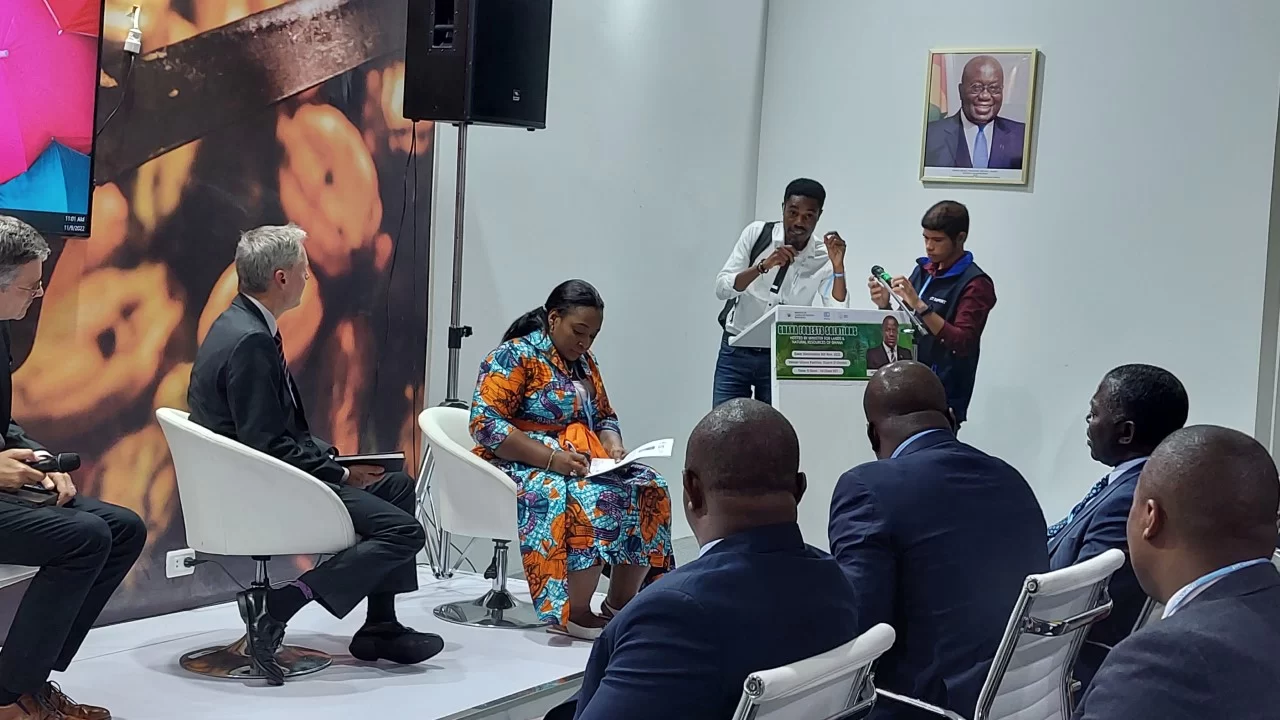
Ghana is one of 14 countries that has signed landmark agreements with the World Bank to reduce carbon emissions by tackling deforestation and forest degradation. Ghana’s five-year Emission Reductions Payment Agreement with the World Bank, unlocks performance-based payments of up to US$ 50 million for carbon emission reductions from the forest and land use sectors.
According to the Climate Funds Manager at World Bank, Erwin De Nys, through the programme, Ghana is making strides in reducing carbon emissions in the forestry sector and producing truly sustainable, climate-smart practices, while enhancing income and livelihood opportunities for farmers and forest-dependent communities.
Mr Erwin De Nys said that Ghana’s excellent level of stakeholder engagement with the private sector has enabled the emission reduction program to yield positive outcomes.
RESTORING RESILIENCE OF WOMEN IN SHEA
In Ghana, especially in the Northern and Savannah regions, the livelihoods of many households depend on shea and its products. Over 4760,000 women farmers derive economic benefits from either picking shea or processing it into shea butter.
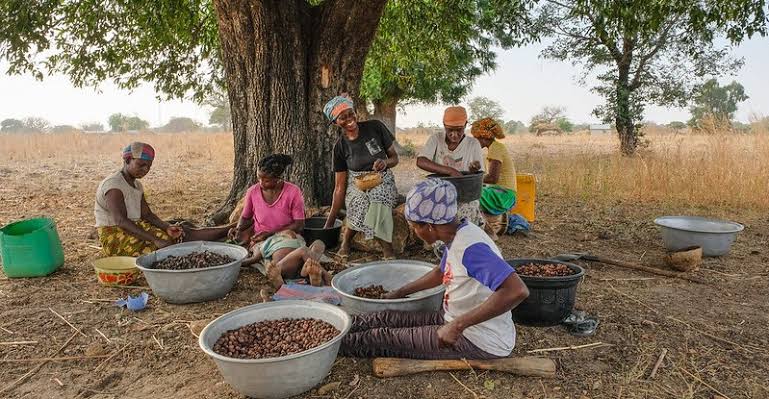
The Ghana Shea Landscape Emission Reductions Project, being implemented by the Forestry Commission, in collaboration with the United Nations Development Programme (UNDP) seeks to improve the lives of over 500,000 people, especially women in the Northern Savannah Zone of Ghana. It also aims to address the deforestation and forest degradation challenges in the Northern Savannah Zone, as well as promote investments in the shea value chain and women’s empowerment.
Tim Clairs who is the Team lead Manager for Climate and Forests at the United Nations Development Programme, UNDP, said the project has been restoring degraded savannah forests and strengthening livelihoods, with focus on the shea tree and its ecosystem for climate change mitigation. He commended the Government of Ghana for the bold climate action interventions.
CALL FOR ACTION
The Minister for Lands and Natural Resources, Samuel Abu Jinapor, says he hopes that COP 27 will develop a strategic outlook on how forest nations such as Ghana can collaborate and work together to limit global warming to the one point five degrees celcuis target set out in the Paris Agreement.
“We are at a stage in the Climate struggle where mere talk, commitments, declarations or pledges are not enough. Consistent with the clarion call of COP 27, this is the time the world must “ walk the talk” and get on with the action and implementation of the many years of unfulfilled climate action promises”.
Over the two-week convening at the United Nations Conference of the Parties (COP27). global leaders will discuss topics ranging from ways to finance their emissions-reduction goals to new ambitions, to keep global warming below 1.5 degrees Celsius.

